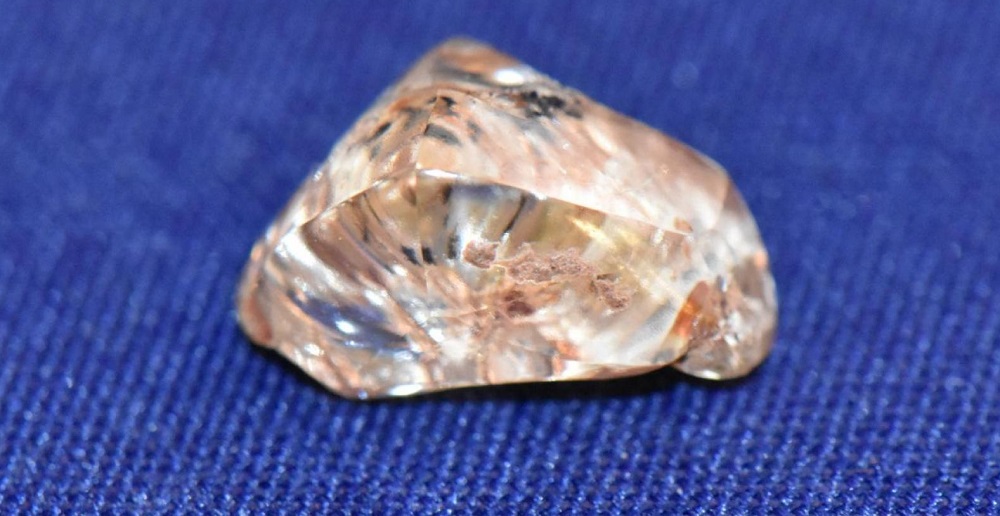Miranda Hollingshead apparently knows how to choose the right video.
The Bogata, TX, woman recently visited Arkansas’s Crater of Diamonds State Park for the first time and found a 3.72 carat yellow diamond, according to a report on the Arkansas State Parks website. After searching for about an hour, Hollingshead, 27, found the diamond at the base of a hill on the northeast side of the park’s 37.5-acre diamond search area.
“I was sitting in the shade, watching a YouTube video on how to find diamonds. I looked over at my kid for a second, and when I looked down, I saw it mixed in with other rocks,” she said.
It’s the largest diamond registered at the Crater of Diamonds since March 2017, when a teenager from Centerton, AR, found a 7.44-carat brown gem. It is the largest yellow diamond since a visitor from Oklahoma City found a 3.85-carat jewel there in October 2013.
Park interpreter Waymon Cox said, “Every diamond found at the park is beautiful in its own way, and this one is certainly no exception. It’s about the size of a pencil eraser, with a light yellow color and a sparkling, metallic luster. Ms. Hollingshead said her gem’s unique shape reminded her of a rounded molar, with a small indentation in one end.”

Miranda Hollingshead found this diamond at Arkansas’s Crater of Diamonds State Park.
Cox said rainfall likely played a role in Hollingshead finding her diamond.
“Much of the ground where Ms. Hollingshead found her diamond is made of unweathered volcanic rock. When it rains, flowing runoff often leaves loose gravel, and sometimes diamonds, on the surface in these areas. Diamonds have a brilliant, adamantine luster that makes them easy to spot, and Ms. Hollingshead happened to be sitting in just the right place to see the diamond sparkle in the sun.”
About one in every 10 diamonds is found on the top of the ground by observant visitors. Park personnel plow the diamond search area, the eroded surface of an ancient, diamond-bearing volcanic pipe, periodically to loosen soil and assist with natural erosion.
Many visitors choose to name the diamonds they find at Crater of Diamonds State Park. Hollingshead and her son named her gem the Caro Avenger. “He chose the name Caro, and I am a fan of superheroes, so it seemed like a good fit.”
Advertisement
Hollingshead said if she doesn’t sell the diamond, she’ll probably have it mounted in a ring.
In total, over 75,000 diamonds have been unearthed at the Crater of Diamonds since the first diamonds were discovered in 1906 by John Huddleston, a farmer who owned the land long before it became an Arkansas State Park in 1972.